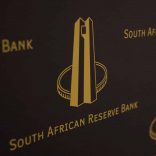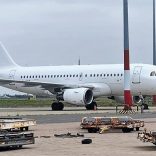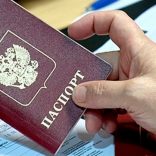Young protesters in Madagascar renew demands for water and power
Zimbabwe’s power utility raises tariffs by 50%

Tariff increase ... ZESA subsidiary ZETDC says it is raising tariffs by a shock 50 percent. [File photo: ZimLive]
Zimbabwe’s power utility on Wednesday raised electricity tariffs by 50%, as it warned of monthly hikes in line with inflation and exchange rate movements.
Power utility Zimbabwe Electricity Supply Authority (Zesa) said it is raising the tariff to fund imports from Eskom and Mozambique’s Cahora Bassa because it is struggling to clear debts to the two neighbouring countries and unlock more exports.
The Zimbabwe Electricity Transmission & Distribution Company (ZETDC) on Wednesday raised electricity tariffs by 50 percent, as it warned there would now be tariff reviews every month in line with inflation and currency exchange rate movements.
Power utility ZESA, the holding company of ZETDC, said earlier this week that its “sub-economic tariffs are by far the lowest in the region”, adding that it was now struggling to generate power or finance imports after accumulating liabilities of US$82.6 million.
In a statement announcing the increase, ZETDC said the adjustment was “in accordance with the tariff award of October 2, 2019, which approved implementation of a monthly tariff indexation (combination of inflation and currency exchange rate) formula for changes above 10 percent.”
“These prices will be reviewed monthly,” ZETDC added.
Most households use between 201 and 301 KhH on average every month, a new tariff band introduced by former energy minister Fortune Chasi to ease the burden on struggling families whose salaries have not kept up with inflation of over 700 percent.
Power users in that band will see a change from Z$2.94 per kilowatt consumed to Z$4.41 – representing a 50 percent increase.
Power usage between 0-50 KwH will now cost Z$0.74 per kilowatt, up from Z$0.49; 51-200 KwH goes up to Z$1.63 per KwH from Z$1.08 previously while heavy domestic power users requiring upward of 301 KhH will pay the new tariff of Z$6.92 up from Z$4.61 per KwH.
ZESA said it owed millions to coal suppliers for its coal-powered power station at Hwange, and the Zambezi Water Authority for its hydro power drawn from the Kariba Dam. It is also battling to extinguish legacy debts with Mozambique and South Africa’s state-owned power utilities to unlock more exports.
Zimbabwe’s power generation remains depressed with ageing equipment at Hwange causing constant breakdowns while low dam levels at Kariba have reduced generation.













Leave a Reply
Be the First to Comment!
You must be logged in to post a comment.
You must be logged in to post a comment.